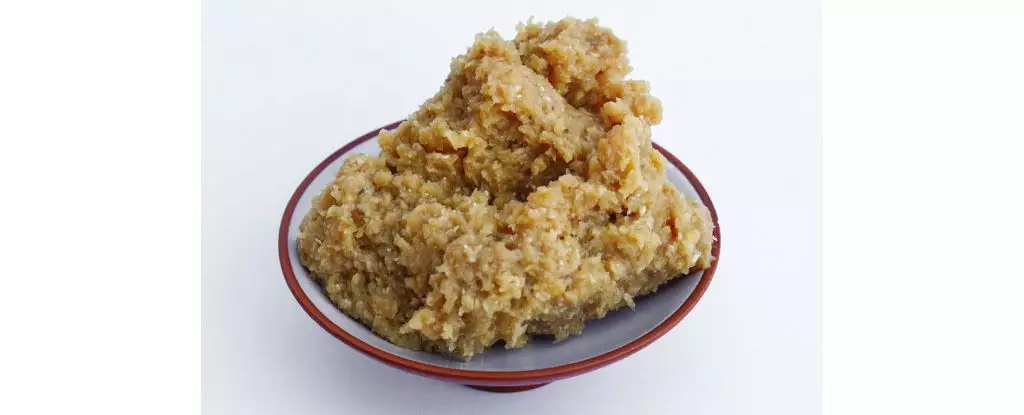In a remarkable demonstration of the intersection between food science and space exploration, researchers launched an experiment investigating how the unique environment of the International Space Station (ISS) affects the fermentation of miso, a cornerstone of Japanese cuisine. The findings of this study highlight not just the flavor differences but also raise questions about the implications of microbial life in extraterrestrial settings. As we venture into the cosmos, understanding how food production might change becomes vital, especially as we contemplate long missions to distant worlds.
This investigation was spearheaded by a team of scientists led by Maggie Coblentz from MIT, who ventured beyond traditional food science to explore the role of microbial diversity in fermentation. By simultaneously crafting miso in the sterile environment of the ISS and in two locations on Earth—Cambridge, Massachusetts, and Copenhagen, Denmark—the researchers witnessed the nuanced effects of microgravity and radiation on the fermentation process.
The Science Behind Miso Fermentation
To understand the composition of miso, one must first appreciate the fermenting agents involved. Miso is made from a blend of steamed soybeans, salt, and grains such as rice or barley, combined with the fungus Aspergillus oryzae, known as koji. This fungus plays a crucial role in converting the starches and proteins in the soybeans into the unique flavors associated with miso. The science of fermentation is intricate; various environmental factors, including temperature, humidity, and microbial presence, can influence the final product’s taste.
In this particular experiment, three miso batches were prepared and sent to orbit for a 30-day fermentation period, housed in advanced sensing boxes that monitored environmental parameters crucial to the fermentation process. The distinct placement of the Copenhagen batch, served as a control, ensured that any observed differences would arise from the conditions experienced in space and not from the fermentation setup itself.
Unraveling the Flavor Profile
Upon return to Earth, the analysis of the miso varieties revealed a tantalizing twist on flavors. Unlike their Earthbound counterparts, the space miso exhibited a nuttier, more roasted flavor profile. This unique taste can be attributed to an increase in pyrazine compounds formed under the higher temperatures experienced on the ISS. These compounds provide toasted, nutty notes that differ markedly from the expected umami flavor associated with traditional miso.
Interestingly, the microbial populations residing in the miso varied notably, with space miso showing elevated levels of certain bacteria such as Staphylococcus epidermidis and Staphylococcus warneri. These shifts suggest that the ISS’s microgravity environment facilitates a distinct microbial community, with potential implications for the fermentation process. The discovery of Bacillus velezensis exclusively within the space miso further solidifies the notion that the environment shapes the microbial landscape.
Implications for Space Exploration and Beyond
These findings prompt a broader conversation about the ongoing journey of humanity into the cosmos. With missions to Mars and beyond on the horizon, the need for sustainable food sources becomes paramount. Miso fermentation in space not only highlights environmental adaptability in microbial life but also points to innovative ways to enhance astronaut well-being through food.
As sensory perceptions, including taste, can be dulled in microgravity, providing astronauts with food that bursts with flavor could improve morale and maintain dietary satisfaction during long missions. The study brings forward a crucial insight: addressing the nutritional and psychological needs of astronauts must be integrated into the planning of future missions.
Josh Evans, a food scientist involved in this research, emphasized the need for a multidisciplinary approach that combines microbiology, flavor chemistry, and societal implications as we expand into uncharted territories. As we endeavor to send humans farther into space, these scientific inquiries not only help optimize human sustenance but also bring us closer to understanding life in all its complexity beyond our home planet.
The exploration of miso fermentation in space offers a flavorful glimpse into the potential future of food production in extraterrestrial environments, ultimately underscoring the intricate relationship between life and its surroundings, whether on Earth or in the vastness of space.

